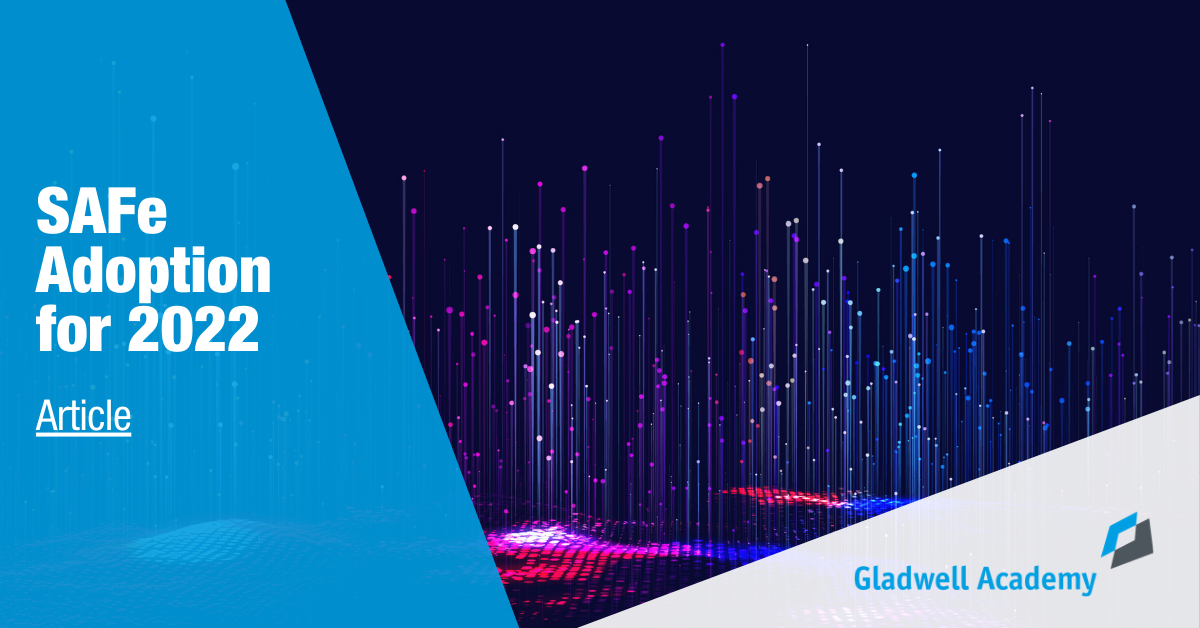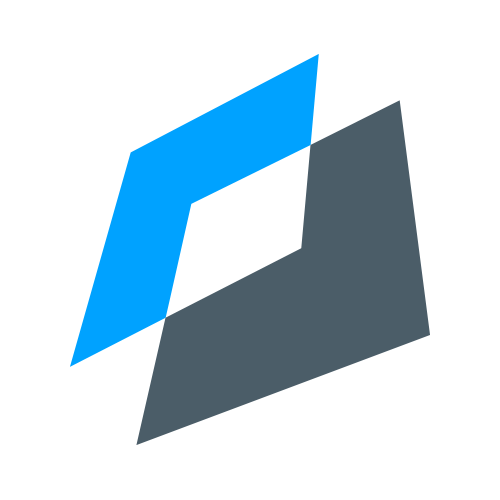SAFe Adoption for 2022

Foundational practices and cultural norms inspired by Agile Principles from the Agile Manifesto at the grassroot level are encouraging organizations to extend Agility to all parts of their business. The question remains: how can everyone in the organization -- including IT, development, legal, marketing, finance, support, compliance, security, HR, manufacturing, procurement, and other departments -- use Lean-Agile practices to deliver innovative, built-in quality services to customers, ahead of the market changes?
SAFe for Lean Enterprises is a dynamic framework. Since 2011, the framework has continuously evolved and remained current by adopting and evolving current business and technology trends as guidance within the SAFe framework.
The SAFe guidance proposed in recent versions is at various stages of adoption. Some of this guidance is being explored, tried, and adopted. Here are the top five interesting trends which we feel have been explored and tried by some early adopters and are therefore ready for adoption with the rest of the industry:
Progressing Towards Business Agility - Measure and Grow
Organizations aspiring towards Business Agility are maturing in their Agile adoption with technical teams. But they still struggle, because the journey is not an easy one. Everyone from both the Business and Technical teams is involved, and they need to figure out together how to improve.
Before they try to improve, they need to have a common mechanism to assess their current state maturity, define the future state maturity, understand performance gaps, and have a good conversation about the next steps to improve towards the future state. SAFe’s “Measure and Grow” assessments can be used by everyone in the organization to track the progress towards Business Agility.
SAFe’s "Measure and Grow" assessments consist of (a) SAFe Business Agility Assessment to be used by the Lean Portfolio Management to assess the overall progress at the portfolio level and (b) Seven SAFe Core Competency Assessments to be used to help teams and trains improve on the technical and business practices for each of the core competencies. SAFe core competency assessments complement each other, and you can pick and choose the relevant assessments based on your adoption levels.
From Value Stream to True Value Stream
With recent advances in Agile Thinking, Enterprises are organizing teams as feature and component teams along the Development Value Stream. This has improved the flow of value by reducing hand-off waste in the product development process. However, over time, this structure increases the cognitive load on the team, as the number of services/components that the team is responsible for keeps growing alongside other non-core responsibilities. This increased cognitive load impedes the flow of value in the value stream.
The adaptive organizational pattern proposed in the "Team Topologies" book by Matthew Skeleton and Manual Pais is based on four fundamental team types and three team interaction patterns. This is a breakthrough in organizational design to deliver value to evolving composable customer journey needs.
SAFe has integrated the organizational ideas from "Team Topologies", helping practitioners to move towards the true Value Stream. This interesting addition provides guidance on how to apply team topologies to your contexts on organizing teams within the Agile Release Train/Solution Release Train.
. The question remains: how can everyone in the organization use Lean-Agile practices to deliver innovative, built-in quality services to customers, ahead of the market changes?
Managing Organizational Knowledge - "Projects to Products" and Beyond
Product or large system development is a very knowledge-intensive endeavor that organizations take. Every organization has an invisible or unintentional knowledge value stream, where their knowledge exists in the form of implicit or explicit knowledge within individuals or teams.
The process of building products or large systems is an aggregation of learnings from failed hypotheses and building usable knowledge. Moving from projects to long-lived product teams helps reduce the scatter waste: a type of knowledge loss that happens when the teams get dismantled at the end of the project or team composition. This means that now, those teams or organizations cannot leverage that same knowledge in other products or solutions.
Organizations need the ability to capitalize this knowledge to build innovative products at market speed. They can do this by leveraging the knowledge gained in one product to another, or from one part of the organization to another. This also aligns with the industry trends like "API first mindset", "API as a product", or Omni channel initiatives, which leverages an organization’s ability to reuse the organizational assets and knowledge to deliver products faster with lower product lifetime cost.
SAFe's existing artifacts, like the Solution Context, Solution Intent (Fixed & Variable intent, MBSE, SBE), Lean UX, Design Thinking & Customer Centricity, Continuous Learning competency, and many others help organizations to make the implicit knowledge within the organization explicit.
It's time organizational leadership owns and invests in developing the knowledge infrastructure required to identify, acquire, develop, share, utilize, and retain the knowledge to build large solutions/products. It helps the Agile Technical and Business Teams to acquire and contribute knowledge from a central repository by avoiding reinvention at regular cadence.
Fast-track Lean-Agile Adoption to the Portfolio
Lean Portfolio Management (LPM) continues to be adopted and evolved as a critical competency that balances portfolio priorities, funding, and resources to align strategy to execution. LPM helps to decide what large initiatives to start, stop, continue, or optimize across the organization.
By studying patterns from successful LPM implementations, SAFe has recommended a six step implementation plan to adapt to local context. This helps to accelerate change leadership concepts and set rhythm to the portfolio team by defining the events and leadership responsibilities.
Large Solution Development
If your organization is involved in building large solutions involving multiple in-house and 3rd party systems (which includes a broad range of engineering disciplines, including hardware, firmware, and other long lead time deliverables), SAFe offers you more detailed guidance. SAFe has recently introduced further guidance on Enterprise Solution Delivery Competency, the role of the Solution Triad in SAFe (Solution Train Engineer, Solution Management, Solution Architect/Engineering), along with other existing guidance for the Solution Train. This guidance will help your organization to scale beyond the Agile Release Train to the Solution Train.
Finally, many of the early adopters of SAFe, as well as SAFe Program Consultants (SPCs) who are associated with the framework since early days of SAFe, have grown along with the framework. They have transformed themselves into lifelong learners, alongside the evolution of SAFe. Being associated with SAFe, SAFe trainings, and SAFe certifications is a first step towards your organization’s continuous learning journey.
